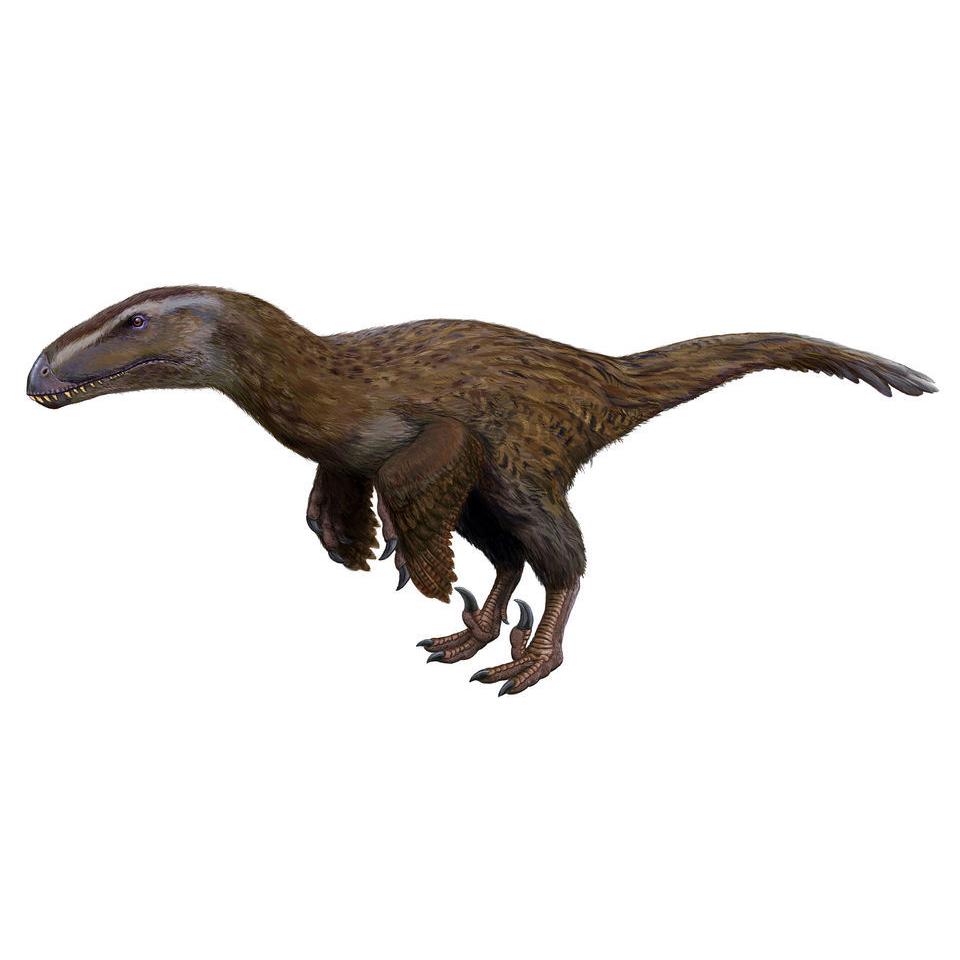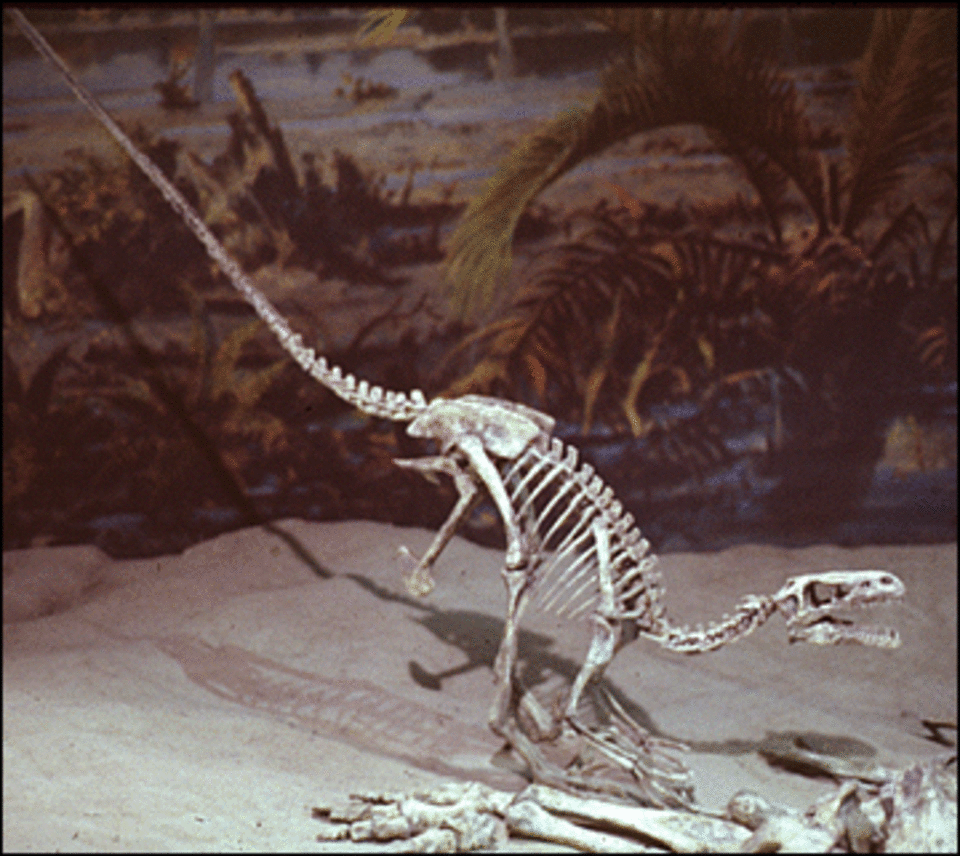The Dromaeosaur was an “odd bird,” and you’d be right if you say in more ways than one. While this Late Cretaceous specimen is reported to have had feathers, it also had the luck of sharing the same “secret weapon” as similar theropods. At the end of its slender but powerful legs were two curved toes and a strange-looking” sickle claw” jutting out from the top of the foot. Though smaller than some other Dromaesaurs, it’s believed that this carnivore used the claw to clamp down on prey and kill it. While the Dromaeosaur is a well-known prehistoric character in many books and movies, there is still much to be learned about the species.
Paleontologists have pieced together what this member of the Saurischia order may have looked like, but a full skeleton hasn’t been discovered yet. Paleontologist Barnum Brown discovered the earliest remains during a 1914 American Museum of Natural History expedition, collecting a partial skull and some bone fragments and starting the hunt for more clues to the life of this creature. Dromaeosaur may have evolved between 76 and 74 million years ago on the watery islands of Europe, hunting in packs to survive. The group probably became extinct at the end of the Cretaceous period. Dromaeosaurs grew to be approximately 6 feet in length and weighed about 33 pounds. It was probably the size of a large dog. It even had a flexible tail that was, at times, flipped upright. Keen eyesight and hearing may have contributed to this creature’s hunting skills, along with its trademark sickle claw. But its long jaws with rows of sharp teeth probably came in quite handy at dinnertime as well. Some paleontologists suspect that Dromaeosaurs could be the closest known relatives to birds (as has been thought about many dinosaurs of this era).


